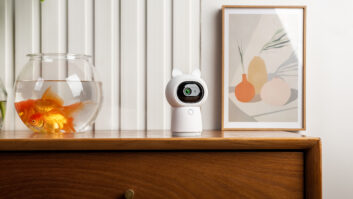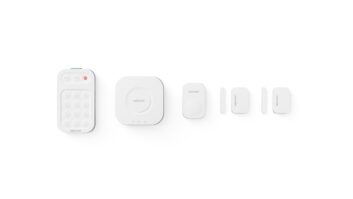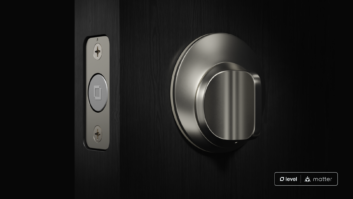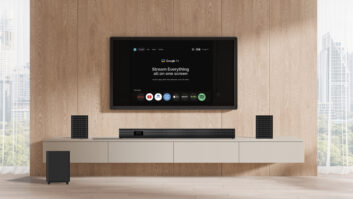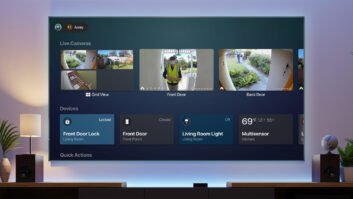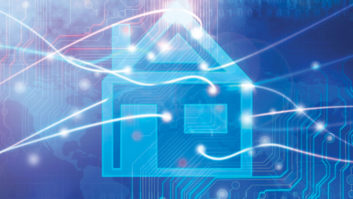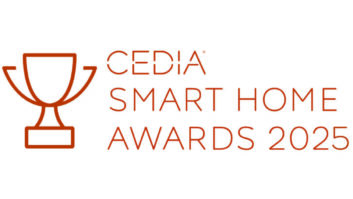Circana has released its Home Automation Ownership and Usage report, highlighting the latest trends in smart home ownership in the U.S. According to the report, there is at least one smart home product in 59% of U.S. households, with security cameras having the highest penetration of all categories. While the report reveals a decline in sales revenue of security cameras and smart doorbells in the last year (ending February 2024), Circana has found that promotions and cost-effective products are driving unit sales growth in the smart home sector.
“Products like security cameras and smart doorbells continue to capture consumer attention, and users are willing to invest in features they find valuable,” said Ben Arnold, executive director and industry analyst, Consumer Technology and Office Supplies, Circana. “The industry has an opportunity to further engage security device owners to not only increase device sales, but also grow the subscription base among the remaining 60% of current owners.”
Other report findings include:
Among those who own a security device (security camera, whole-home security system, or smart doorbell), 40% subscribe to a monthly premium service that offers features like 24/7 monitoring, greater access to video history, and advanced AI notifications.
Among monthly subscribers, 27% cited access to 24/7 continuous video recording as their primary reason for subscribing, while 19% prioritized greater access to their historical video clips. The average monthly subscription fee in March 2024 was $13, a slight increase from March 2023. The study also found that 36% of subscribers have three or more cameras covered under their plan, an increase from 29% in February 2022.
Security device owners cite safeguarding their belongings as their primary purchase motivation. Among non-owners, 19% say cost, followed by a lack of perceived usefulness, is their reason for not owning smart home products. This sentiment is particularly strong among non-owners aged 55 and older, with 22% expressing skepticism about the usefulness of smart home products. Demonstrating the value of connected products is critical to capturing this important consumer demographic.
“Ownership is steadily increasing among the affluent, homeowners, and early-tech adopters, and the consistent use of security devices suggests a strong perceived value within the category,” added Arnold. “The continued investment in smart home technologies by professionally monitored security providers equips the industry with more tools to engage a broader range of consumers. Manufacturers will need to place an emphasis on the tangible benefits of connected devices, such as safety, convenience, and efficiency, to boost adoption among new consumers segments to drive growth.”
See also: The Advantages Of Home Automation Systems And Smart Locks






